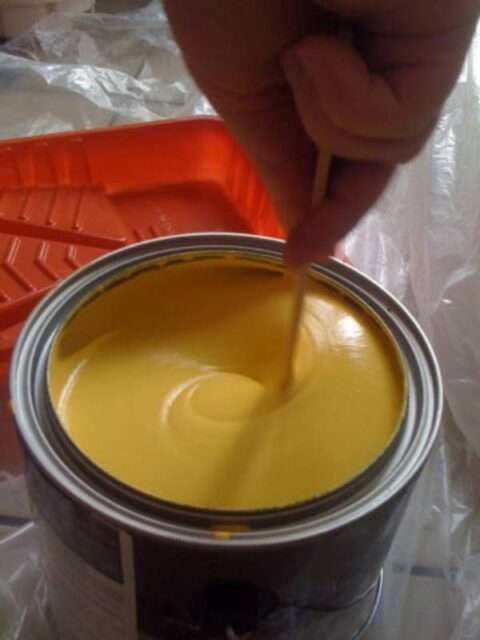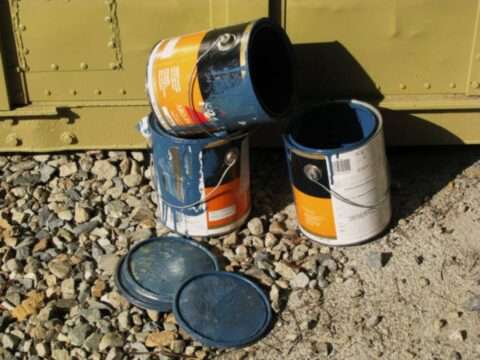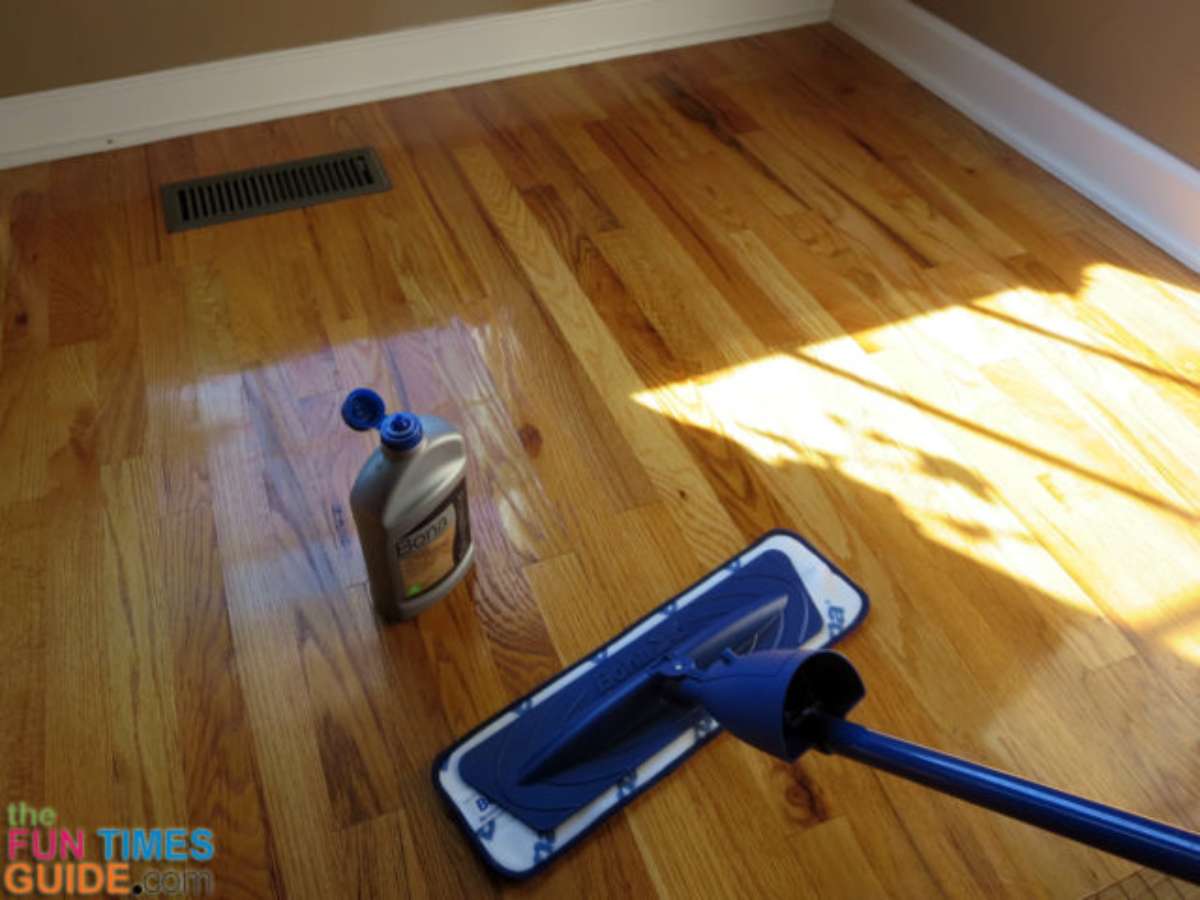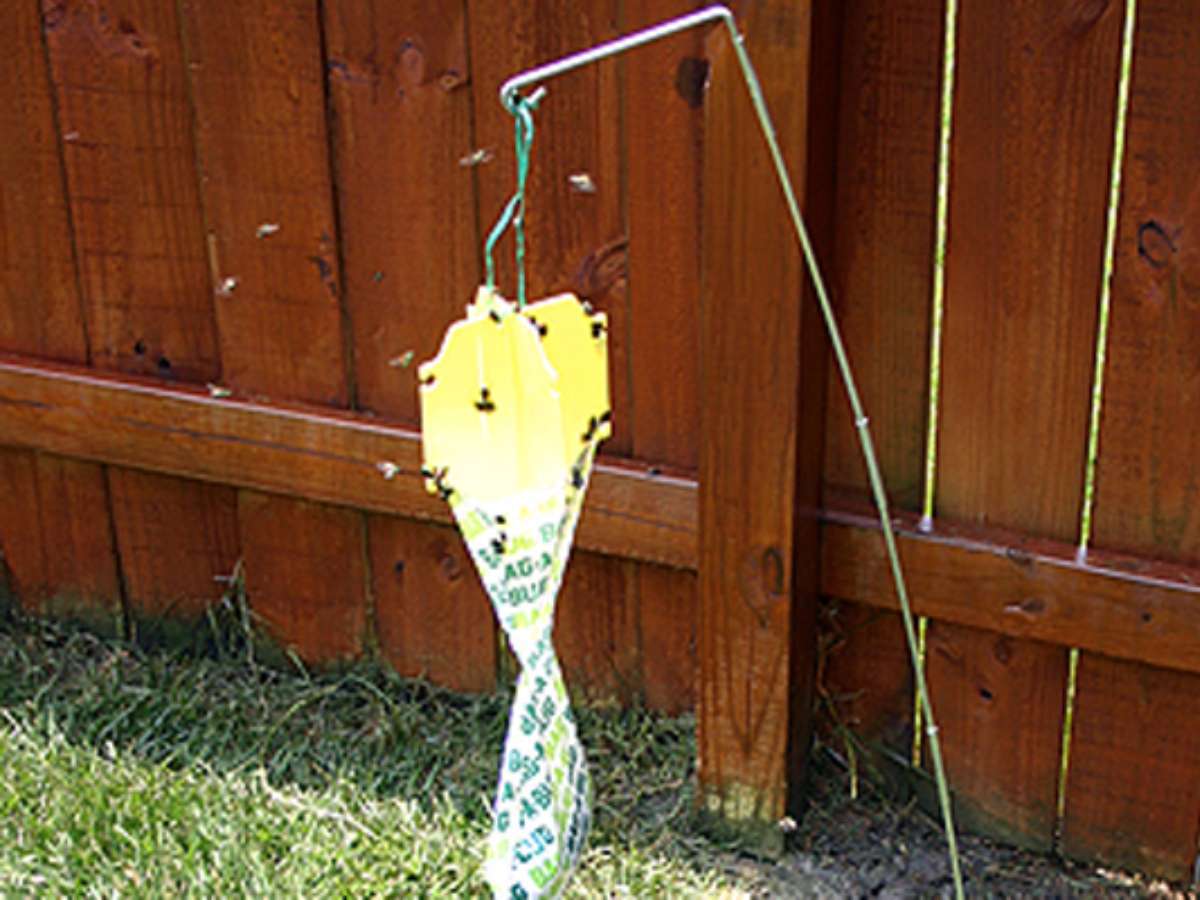No matter the size of your painting project, odds are you will have at least one partial container of paint left over when the job is done.
If the paint was a special mix, then you’ll probably want to keep that remaining paint in good condition. It could come in handy if you ever have to touch-up or re-paint a scratched or damaged wall in the future.

The problem is no one wants to keep lots of cans of paint in their house. So, without thinking twice, leftover paint cans usually end up on a shelf in the garage or stacked in a corner of the shed in the backyard.
Unfortunately, extreme temperature changes can wreak havoc on your leftover paint!
Here are the best ways to store paint so you can actually reuse what’s leftover at some point…
What Happens To Paint In Extreme Temperatures
When leftover paint is stored in a place that gets very hot or very cold, the paint will change in consistency, making it unusable.
Eventually, the paint will turn into hazardous waste and it must be disposed of in an ecologically friendly manner — rather than being tossed in with your regular trash.
Latex paint, in particular, tends to separate in extreme temperatures. One freeze/thaw cycle will turn it into a curdled mess that will no longer blend into usable paint. Excessive heat will dry out the paint, leaving a thick skin across the top of the paint. If left long enough, the remaining paint will turn into a solid rubbery block.
Where To Store Paint
The key to successful paint storage is to keep it in a cool dry place.
For example, a nice dry basement is a good place to store paint.
Don’t have a basement? Find a spot in a closet inside your house. The 2 most important factors when you’re choosing a place to store leftover paint are: low-moisture and temperature-controlled.
You want to avoid places with high moisture because metal paint cans will quickly form rust around the lid. As soon as you open a paint can with a rusted lid, pieces of rust and debris will fall into the paint and ruin your paint job. (I prefer the newer plastic paint cans since rust isn’t an issue with them.)
If the basement is where you’ll be storing leftover paint, be sure to keep the paint cans off the concrete floor — because moisture will wick up and create rust.
How To Store Paint
By keeping air from getting at the paint, you will prolong the life of your leftover paint.
Here’s how to store paint with the least amount of air possible:
- Take the time to clean paint out of the sealing rim of the can, in order to obtain a tight seal. (Don’t wipe your paint brush on the lip/rim of the can while painting — because paint will get in the grove making it difficult to seal the lid properly.)
- Use a layer of plastic wrap as a gasket between the can and lid.
- Store paint cans upside down, so the paint itself creates an airtight seal against the lid.
- Avoid beating on the lid with a hammer when you close the can. Such force will only deform the sealing rim and allow air to come in. Instead, use a rubber mallet with a light touch — just enough to ensure that no air can get in.
How To Use Leftover Paint
When it comes time to use your leftover paint, do not grab the can and start shaking it to mix the paint!
First, open the can and assess the condition of the paint that’s inside. Even paint that is still usable is likely to have a thick skin formed on top of the paint. That skin must be removed and disposed of before mixing the paint.
If you shake up the paint before removing this skin you will have lumps and globs in the paint that will require you to pour the paint through a strainer before you can use it.
How To Get Rid Of Old Paint
If you’re like me, when it comes to using up old paint, so much time has passed by that the paint isn’t even usable anymore.
Here’s how to get rid of old paint…

In many cities, recycling outlets will accept old paint. Here in Duluth Minnesota, you can take paint to the Western Lake Superior Sanitary District drop off point and it will be recycled at no cost to you. Paint is opened and sorted for reuse. They mix latex paint by colors. Local residents can even come and take paint for their own projects at no cost! If you want blue, you might not get exactly the shade of blue you were hoping for, but if your funds are low, at least you can still freshen up a dingy room.
This Ty Pennington video shows you how to prepare old latex paint so that it can be disposed with your regular household garbage. Once it’s in a solid form, paint is no longer a hazard to the environment.
If there is about 1/2 an inch of paint left in the bottom of the container, remove the lid and let stand to dry in an area away from kids and pets. Once the paint in the can is totally dry, recycle the metal or plastic container, or if that isn’t possible, throw the can out in the garbage with the lid off.
~ Source



